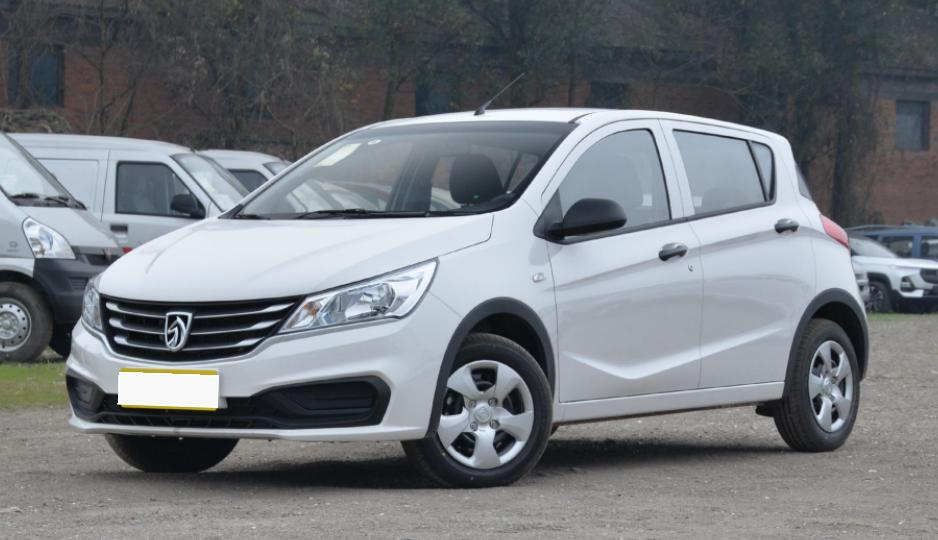If you were given a budget of $40,000 to buy a new car, how would you choose? Many people may think of the Wuling Hongguang MINI EV, which is relatively low-priced. But if you want to buy a fuel car, it may be difficult for many small partners to choose, because there are too few fuel vehicles at this price point. Today we come to introduce a model, this model is from SAIC-GM-Wuling's Baojun 310, the overall price of this model is quite affordable.
Baojun 310 manufacturer guidance price of 40,900 yuan to 52,900 yuan, today we introduced the model is the entry version of the 2020 1.2L manual value-added type, the manufacturer guidance price of 40,900 yuan, the price is quite grounded.

From the perspective of exterior design, the overall shape of the new car is still relatively sharp, especially its front face part, the front face is a shield-shaped intake net design, the interior is filled with three through-type chrome trim strips, the interior inlaid Baojun's horse head logo, the sense of appearance is good; the headlights on both sides are eagle-eye shaped headlights, and the sharpness is also good.
From the side, it's a typical hatchback with 5-piece alloy wheels and a through-body waistline. It is worth mentioning that Baojun 310 uses a double waist line design, in which the lower waist line forms a large hook shape design, effectively improving the dynamic performance. In the body data part, the length, width and height of the Baojun 310 are 4032/1680/1450mm, and the wheelbase is 2550mm, which is a small hatchback.
Looking at the tail design of the new car, the tail design is more rounded, whether it is the design of the tail light or the tail, showing a good sense of smoothness, the rear of the car is a hidden exhaust pipe design, more low-key.
The interior design of Baojun 310 is relatively neat, it looks relatively simple, and it is equipped with a floating screen on the medium and high-end models, but because our model is an entry-level version, it uses the central control of a small radio, and it can be modified by itself in the later stage. In addition, the driving computer screen uses a dashboard with a double gun barrel, a red light source on the background, and a three-frame steering wheel in the car.
Baojun 310 uses a fabric seat, although the sense of grade is general, but fortunately there is no odor, the main driver's seat supports front and rear and backrest adjustment.
The rear seat is not equipped with a sunroof, the seating space in the car is relatively decent, and the rear seat supports the overall proportion of the reclining, and the practical performance is still good.
Powertrain, Baojun 310 is equipped with a 1.2L naturally aspirated engine, the maximum power of 80 horsepower, peak torque of 112N·m, only need 92 gasoline and multi-point EFI technology. It is worth mentioning that its engine block is made of cast iron, which is matched by a five-speed manual transmission. Although this power system has a general sense of strength, whether it is acceleration or start-up, it will not show too strong a side, but fortunately this is a four-cylinder engine, and in terms of general technology, reliability is strong, and fuel economy is also very low, the fuel consumption of 100 kilometers is only 5.1L, converted to the current oil price, we can think about how much money each kilometer is. Cost-effective, what do you think?